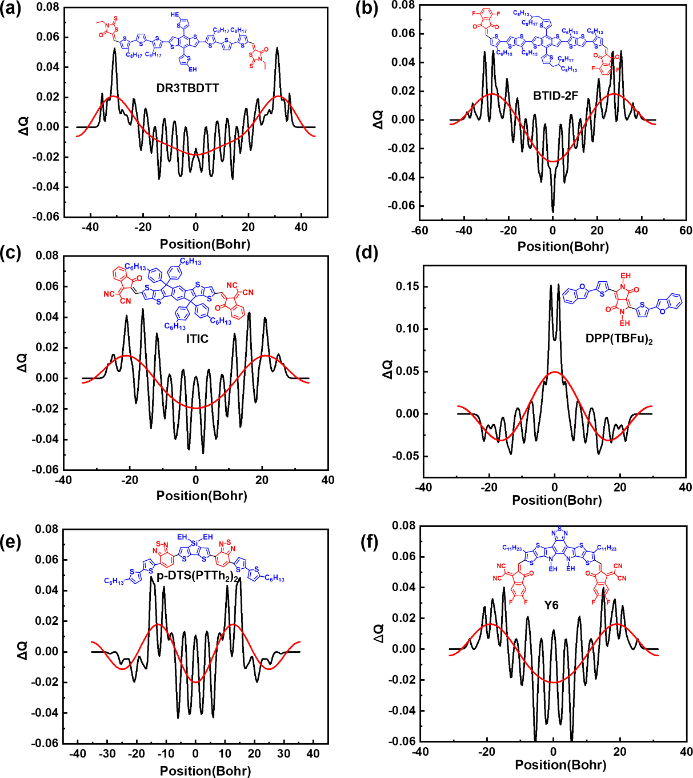The study of organic photovoltaics (OPVs) has made great progress in the past decade, mainly attributed to the invention of new active layer materials. Among various types of active layer materials, molecules with A–D–A (acceptor–donor–acceptor) architecture have demonstrated much great success in recent years.
Currently, Prof. Yongsheng Chen’s group published an invited review on Chem. Soc. Rev., 2020, 49, 2828, focusing on A–D–A molecules used in OPVs from the viewpoint of chemists. Notably, the chemical structure–property relationships of A–D–A molecules will be highlighted and the underlying reasons for their outstanding performance will be discussed. The device stability correlated to A–D–A molecules will also be commented on. Finally, an outlook and challenges for future OPV molecule design and device fabrication to achieve higher performance will be presented.
